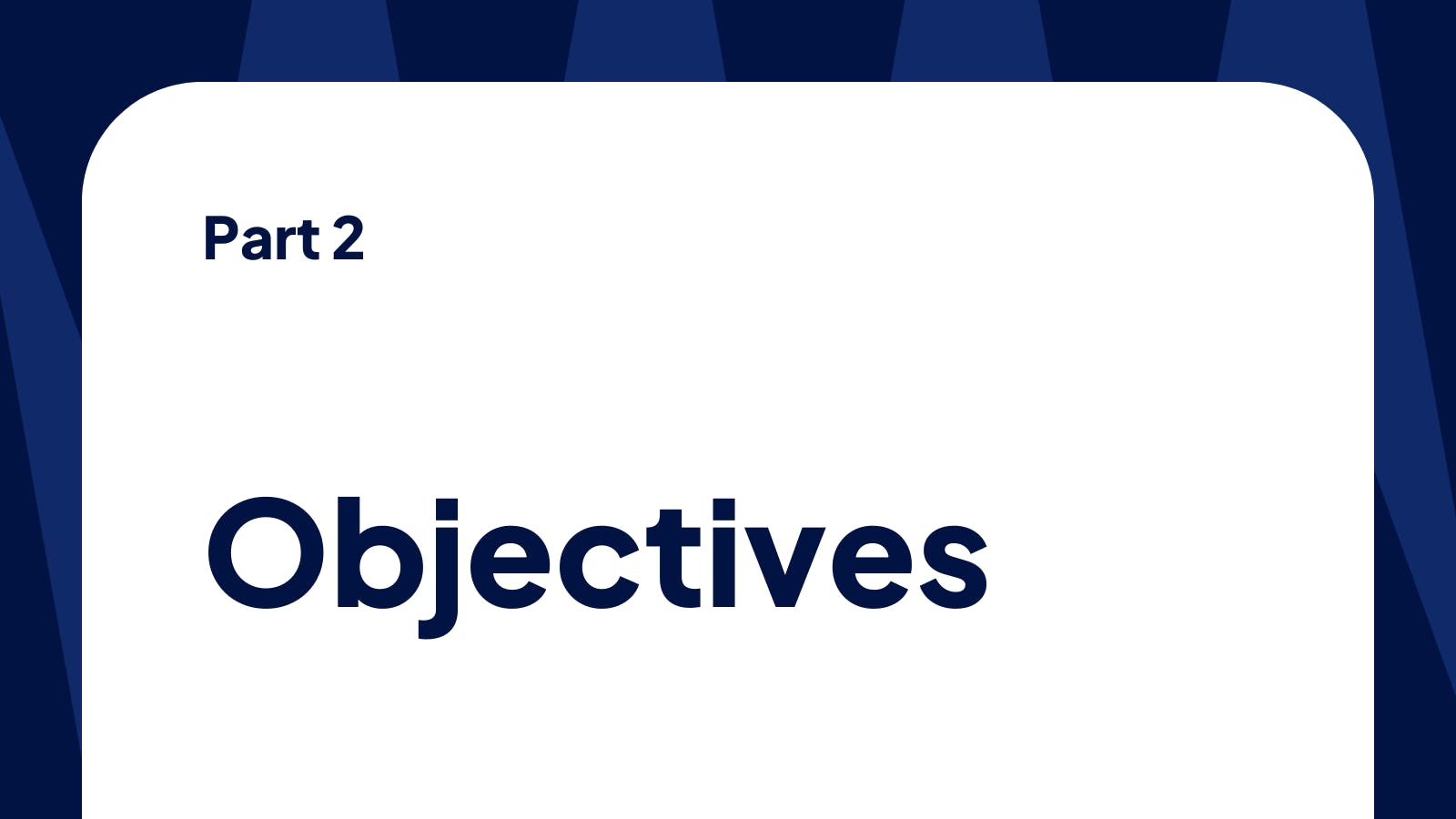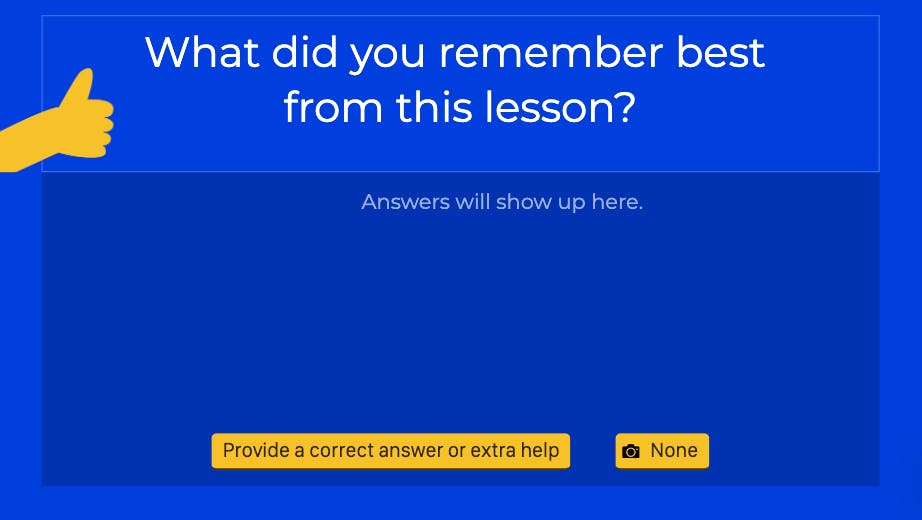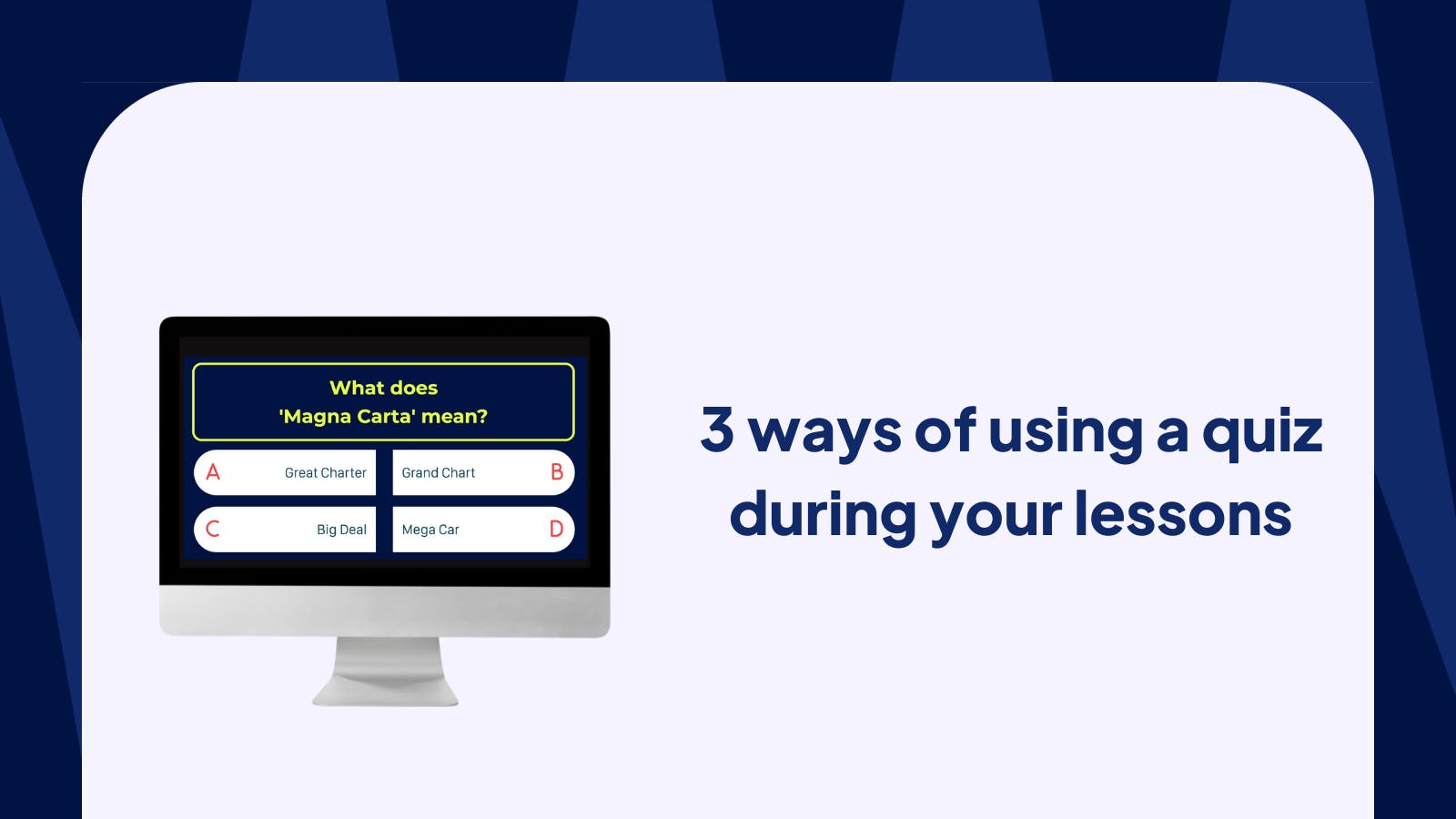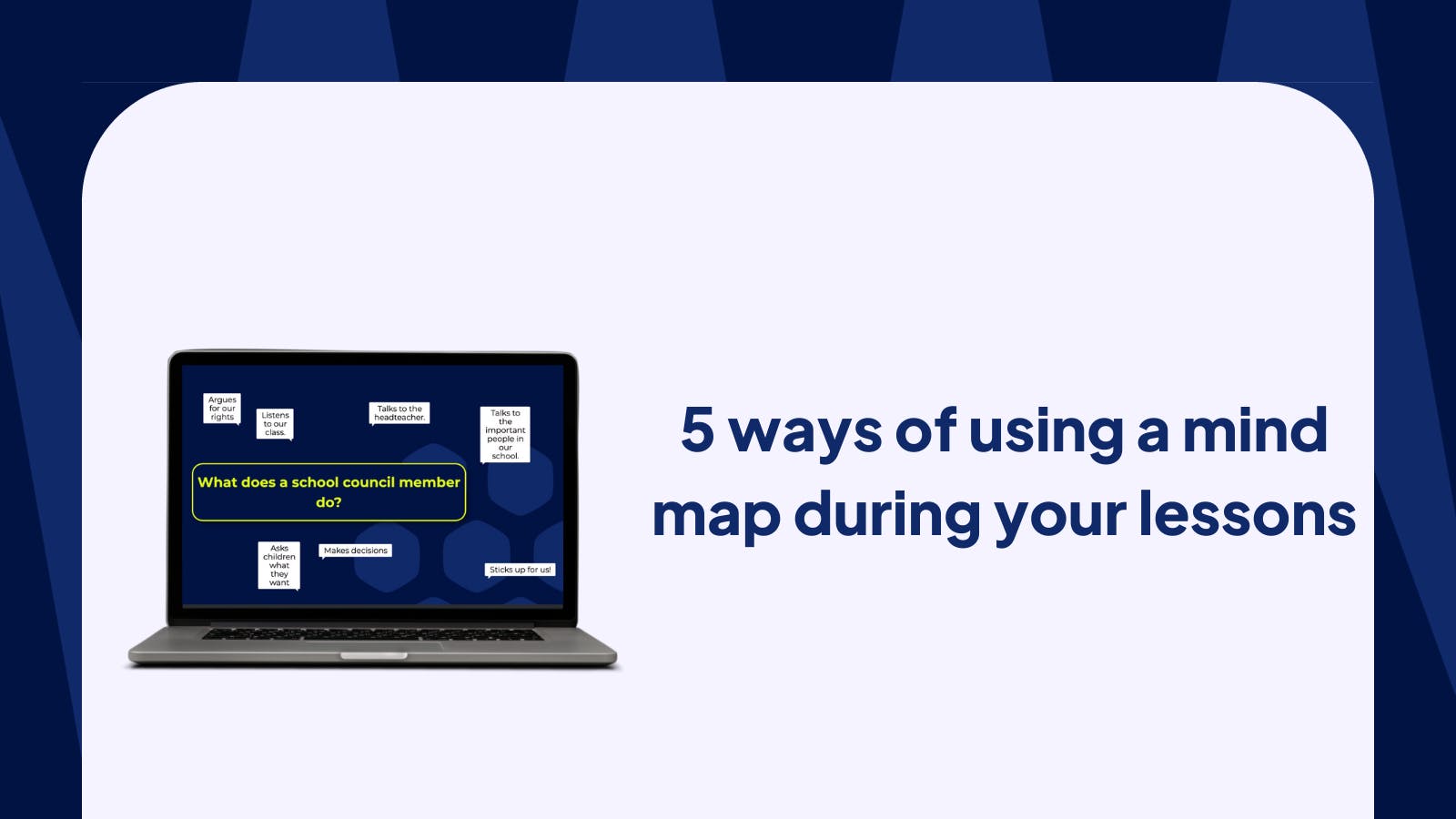How can you implement learning objectives in your lessons?

In the first part of our article concerning learning objectives we discussed the reasons why you might want to work with this method. In this second part we will tackle the ‘how’: in which way can you efficiently formulate and implement learning objectives in your lessons?
Move from textbook chapters to learning objectives
If you look at commercial teaching methods, learning objectives are often placed at the beginning of a chapter, sometimes in a tailor-made section.
These learning objectives could represent the perfect starting point for you to develop your own lesson material, or formulate your own objectives. If you re-formulate them personally, you can extrapolate yourself from the book’s structure.
Have you noticed that students often learn the content of a chapter, yet have difficulty connecting to the topic it falls under? Therefore, if you decide to let go of certain sections of your textbook, students understand better what they need to learn: chapter 3 is less meaningful than, for example, the ‘The Roman empire’ as a topic. You can still work with chapter 3 of course, but not as the one & only source of information.
Formulate learning objectives as clearly as possible
In commercial textbooks learning objectives are formulated in a generic way, which is difficult for students to understand.
A much more powerful way of formulating them is the following: “I am able to…/I know…”, or: “You are able to…/You know…”. A learning objective as: “How did the Dutch East Indies become a profitable colony?”, can be translated to: “You can identify and explain in which way the Dutch East Indies became a profitable colony”.
Create blueprint and collect material
Once you have created one or more learning objectives concerning a certain topic, for each learning objective you can write down which elements (concepts, grammar, spelling, idioms, skills, etc.) you want to work with. A mind map is the perfect way to organise this structure in a clear, survey-able way.
Once you have decided which elements you are going to work with, collect or create teaching material based on them. You can spread images, text, and interactive elements among a number of lessons. The advantage of doing so is that you start working with specific standards, such as size and structure, within your own lesson/s.
There are no rules concerning the size of a lesson. Yet it has to be realistic: a 20 minute lesson that actually lasts 50 minutes is not realistically built around your students. Our advice is to limit the size of a lesson to grant more flexibility while teaching it.
Help your students with structure and recognition
The structure and recognition of a lesson are also very important.
It gives students the opportunity to better absorb teaching material. Make sure you always use the same text formatting, layout, and lesson structure. Choose a personalised layout for each part of your lesson, and save it in your ‘favourites’.
Remember to look back at a learning objective
By looking back at a learning objective, students evaluate what they have learnt.
With a plenary you give your students the opportunity to think about a lesson, its content, the role they played during the lesson, and what they have learnt. It also provides you with specific information on how to begin your next lesson.
Eventually, your lessons become cyclical as they constantly re-affirm the appointed learning objective/s.
In LessonUp, you can create exit tickets in different ways. You could make use of a poll, to check the wishes of your students based on what they have learnt, or of an open-ended question, to make them feel in charge of their answer.

Plenary - Poll
A poll is one of the ways to implement a plenary in LessonUp.
Plenary - Open-ended question
You can implement a plenary also by using an open-ended question. The question is open, and students' answers, being completely up to them, are well thought about. This stimulates students to feel in charge of their own learning process.
It is great to see how well students can think back about what they have learnt, and how your learning objectives don't always match what students remember the most. You regularly get surprising answers from students who (at the beginning) had difficulty connecting to the formulated learning objective, and later on write something like: “I know how I can learn this more effectively, because…”
Sometimes students indicate that they have not understood everything. They may do so with a very subjective question, or with questions that indicate a trend. If you notice that 5 students have not understood a certain part of your lesson, it could imply that many more have the same problem. Adjust your learning objective/s, or use this information as a starting point for preparing your next LessonUp lesson.
Curious? Try LessonUp!



